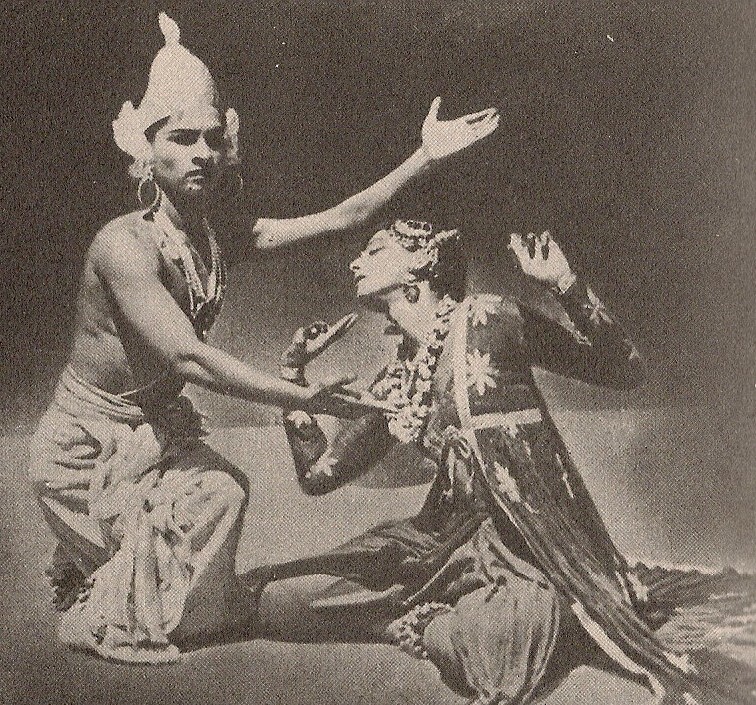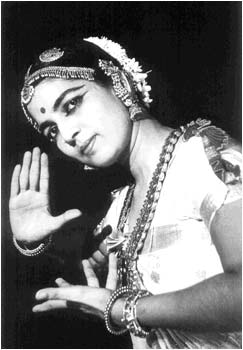The eternal dances of India. It was born thousands of years ago, with the story of Shiva and the Creation, but its style still retains a freshness, as though the art had been discovered only yesterday…
But the extinction of the dance itself, which would have been an irreparable loss, was averted at the last moment, so to speak. With the advent of the freedom movement in India, a reaction set in favoring Indian ways over Western ones. The freedom movement at first lacked focus, but as it developed, many Indians began to take the heritage of their own country seriously. One part of that heritage- the dance- was found to be in a dangerously sick condition. In South India at least one young woman of a good Brahmin family, Rukmini Devi, defied popular prejudice and started to learn Bharata Natyam, fighting for an honest assessment of the dance shorn of its aura and trappings of vulgarity.

—In the end, I think I agree with Margaret Edith Walker who in her dissertation Kathak Dance: A Critical History frames Menaka in a way no one else has (that I’m aware of, anyway). Walker notes “various hybrids of Oriental dance” like Uday Shankar’s troupe were much more ubiquitous and visible in the 1930s than the small amounts of authentic Kathak by traditional practitioners that was slowly becoming visible. —click image for source…
Meanwhile, through the zeal of Hindu reform movements, the abuses of the temple dancing girls came to an end, at least temporarily, and with them the practice of temple dancing itself. Yet it was only from the teachers of these same despised temple dancers, the tenuous link with the past, that the new generation could learn to interpret the bewildering and almost mathematical formulas of the canon of the dance, as recorded in the Bharata Natya Shastra. And so it survived.

— It was Anna Pavlova, the legendary ballet dancer, who first suggested she learn dance. Rukmini Devi was in her late twenties then. Meenakshisundaram Pillai, her guru, was quite old so he would remain seated as he taught her.
Once she made up her mind to learn dance, she worked very hard. She began practicing from seven in the morning till seven in the evening, with an hour’s break for lunch. Still, her guru felt she was not working hard enough. Sometimes, he would call her again for training at night.
Initially, conservative Madras could not accept the fact that a Brahmin girl had taken up dancing. But her astounding performances converted them.
She also revolutionised many things connected with dance. She made the musicians sit on the side of the stage. She designed her own costumes. —Click image for source…
The South is the home of dancing. When Muslim invaders drove down along the traditional invasion route from the northwest, South India, which they barely penetrated, became the haven of the dance, its hiding place from the Mohammedan ban on dramatic arts. There both the dance and the sculpture of dancing figures found an apparently ideal home.( to be continued)…







 COMMENTS
COMMENTS